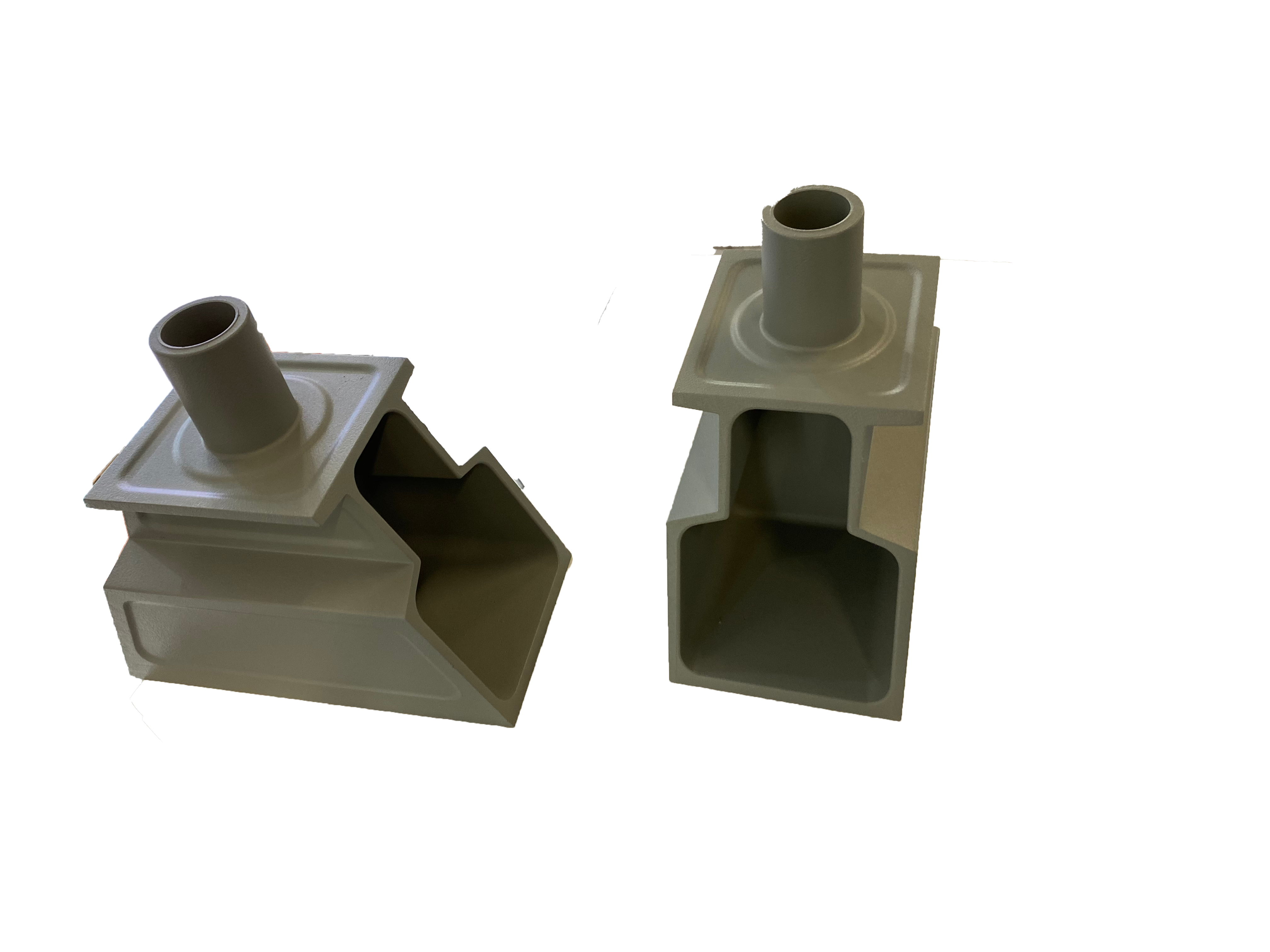Meili vormingu viga
emailCannotEmpty
emailDoesExist
pwdLetterLimtTip
inconsistentPwd
pwdLetterLimtTip
inconsistentPwd

Uudised
Causes and Solutions of Stripe Defects in Die Castings
During filling, when the kinetic energy of the flow of molten metal is sufficient to generate splash, or although it is concentrated into a stream, it is not tightly connected, the boundary solidified layer has an "evacuation effect". In this state, the metal solidifies long before it is covered by the subsequent mainstream of metal, thus forming a texture on the surface of the casting, which is a common streak on die castings. The streaks are most pronounced on aluminum alloy castings, and are more prominent over large areas of the casting.

Why do streaks appear on die castings?
This streak exhibits varying degrees of reflection, sometimes slightly darker than the bottom of the casting, and sometimes slightly different in hardness. According to the preliminary determination of the factory, the depth of the stripes is about 0.2 mm, and the depth is 0.05 mm, and the appearance is clearly visible.
Chemical, spectroscopic and metallographic studies have found that the streaks have the same chemical composition as the casting itself, but the streaks are not caused by silicon separation, muck, staining, or other chemical properties of the alloy. reason. The depth of the stripes is only 0.08 ~ 0.08 mm. Sometimes striae have well-defined borders, and sometimes streaks are mixed with cast tissue without a distinct transition area. The microstructure of the stripes is basically the same as the main structure, but it is more detailed. For aluminum alloys, the Al-Si eutectic structure in the stripes is more detailed, as are the intermetallic compounds in the alloy group. The streaks also showed a lack of silicon (dark component), but no chemical differences were found. The distribution of silicon is also different in the finer fringe tissue, and since silicon is darker than aluminum, the color of the fringes usually appears darker.
In conclusion, streaks on the surface of die castings are an inevitable result of the filling process. In particular, the surface of aluminum alloy castings is more prominent, and the structure and performance of the stripes have no effect on the use of die castings under normal conditions. of. The depth of the stripes is limited only if the wall is thin. As for surfaces with high lighting requirements, they should not exist.
Due to the formation of the "evacuation effect" of the boundary solidified layer, according to the characteristics of the filling process, the reasons for this "evacuation effect" can be analyzed as follows:
Why does cause evacuation effect?
When filling, strong turbulence pulls the gas into the metal flow, creating a diffusive effect on the metal flow.
During the filling process, the shell layer (boundary solidified layer) of the casting is often not formed at the same time as the entire ground (as described in the description of the filling theory). The "evacuation effect" occurs in areas where the shell has not yet formed. For castings with large flat surfaces, it is more pronounced on large flat walls.
Since the temperature of the mold is lower than the temperature under thermal equilibrium conditions, the "evacuation effect" is stronger and the resulting area is greatly increased.
The "evacuation effect" caused by the impact of metal flow on the wall is very obvious. When the impacted metal is dispersed into dense droplets, it becomes a cannabis surface. This is why the casting surface always has strong sputter marks. Moulded walls in casting are the most common areas for impact sputtering.
The coating is not uniform, and the thick sections mix with the heat in the metal, causing the metal to "separate", resulting in an "evacuation effect".
The paint is partially deposited, and the gas does not evaporate. The remaining gas is encapsulated in the metal flow, causing the metal flow to disperse.
The exhaust system is unreasonable, the escape gas is not smooth, the gas in the cavity is too much, and the gas diffusion aggravates the metal flow.
Depending on the reason for the formation of the streak, it can be seen that its depth changes over time. Therefore, in production, streaks are often referred to as patterns, flow marks, cannabis surfaces, and cold lines, depending on the depth. The depth of cold streaks is the deepest of streaks.
Conclusion
For more information about mg die casting,aluminum die casting machinery market,hot chamber pressure die casting, we are glad to answer for you.

